While some industry suppliers and end product manufacturers have found ways to remain afloat, the economic effects of the pandemic have proven devastating to many, and the future can only be described as uncertain.
by Pamela Mills-Senn
The impact of the COVID-19 pandemic on the overall economy, and on the specialty textiles industry specifically, is still shaking out. Although no company has remained unscathed, the stories coming out of the industry are not uniformly dire. While some suppliers and end product manufacturers have experienced harrowing drops in business and profits, others have managed to hold the line somewhat—although their fortunes have depended on the markets they serve and their ability to turn to products suddenly in demand.
Regardless of how they’ve fared individually so far, industry members are united in their uncertainty as to what the future holds.
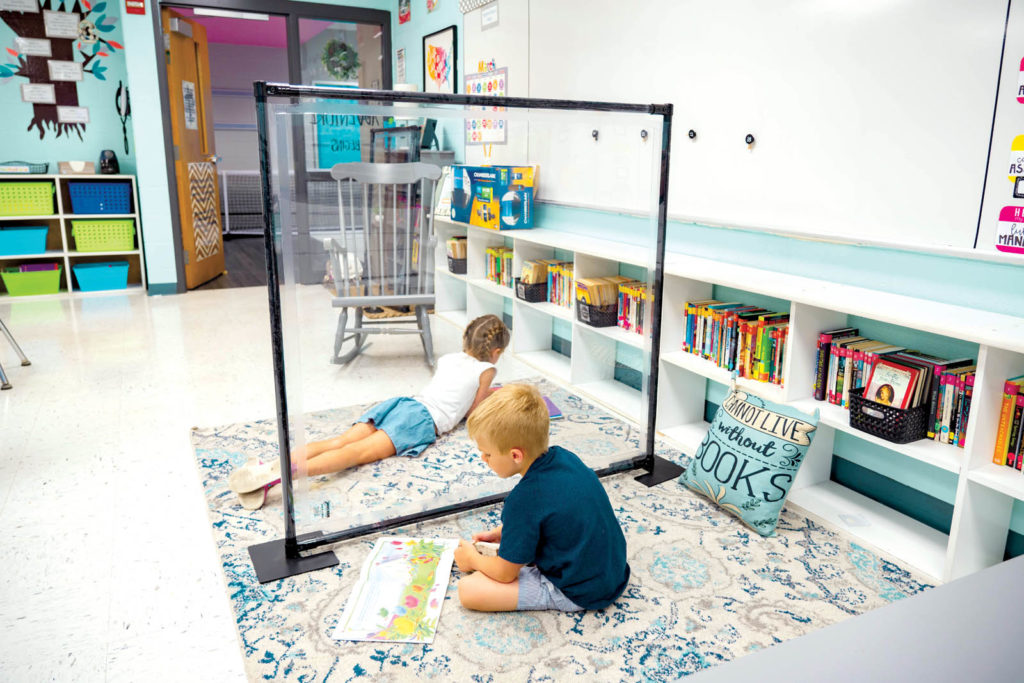
Medical textile personal protective equipment (PPE)—face masks, shields, barriers and so on—has thrown some companies a lifeline. Headquartered in Orange Park, Fla., JTE Machines LLC provides RF and ultrasonic welding machine solutions to an array of markets, including industrial fabric, medical, packaging and conveyor belt manufacturers, says Traci Evling, managing director.
“We actually experienced a slowdown of orders at the very beginning of the year,” Evling says. “Since many of our clients are multinational or have overseas suppliers, they began holding back on investments much earlier than the U.S. started experiencing company shutdowns.”
Evling says the company initially thought this would be temporary, but quickly realized it was facing a far more worrisome situation, one that would last longer than just a few months. In response, the company began establishing new relationships and offering solutions to the PPE market.
“Many existing customers did the same by starting up PPE end product manufacturing,” Evling says. “We found a whole new set of customers by responding to specific PPE automated machine requests.”
MMI Textiles Inc. did the same. Located in Westlake, Ohio, the company is a converter of domestic and imported woven knits and nonwoven and narrow fabrics, as well as a distributor of hardware and trim items to the sewn products industry, says Amy Bircher, president/founder.
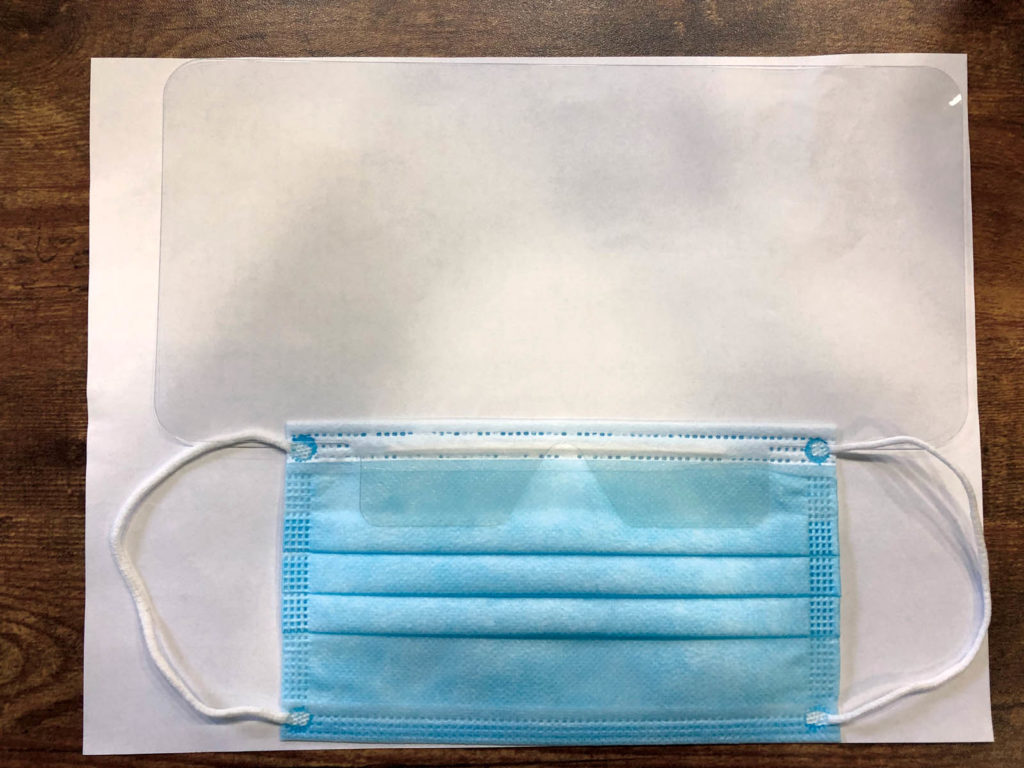
When the pandemic hit, MMI “pivoted completely” to PPE, supplying raw materials to mask and gown manufacturers in the U.S., as well as importing finished PPE items to help meet domestic demand, Bircher says. Immediately deemed an essential company, MMI continued to operate by rotating staff during April, with half the team working remotely and the other half coming in. With these efforts, it was able to keep both existing customers (many of whom also pivoted to PPE) and new customers entering the PPE arena for the first time supplied with product.
End product manufacturer Anchor Industries Inc. also looked to PPE to keep work coming in, particularly since its core tent and clearspan business plummeted in March, April and May, with sales off by more than 30 percent compared to 2019, says Biff Gentsch, business development specialist for the Evansville, Ind., company. June and July saw some improvement, with sales “dropping marginally” over those of the previous year. Sales in Anchor’s other segments—awnings, custom pool covers, structures for the shade industry and fire shelters to the wildland firefighter industry—held steady, flat to 2019.
“We chose to continue building inventory of select key products,” Gentsch says. “In our case that was frame tents and clearspans. Our hunch proved successful, as we had a surge of business in these products in June and July.”
Between this and the three production lines dedicated solely to PPE, Anchor was operating at capacity in July with the production team on an overtime schedule. Contributing to the workload was the fact that the company’s awnings and pool covers segments were flourishing as people sequestered at home.
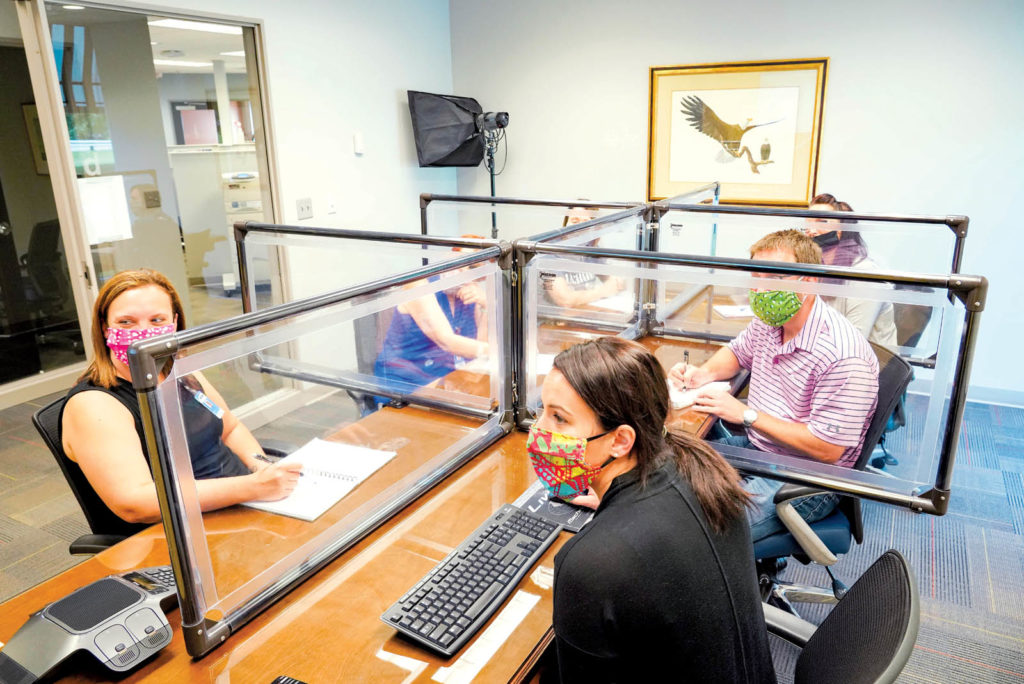
Market impact
From canceled graduations and weddings to summer festivals of all sizes, the special events industry has been decimated. Gentsch describes the impact as “one of the most devastating downturns” he’s seen in his 33 years in the business. Some of Anchor’s larger accounts that got ahead of the situation suffered less than others, but small and mid-sized companies that were caught off guard didn’t fare nearly as well, he says.
“Anyone who didn’t apply for the PPP [Paycheck Protection Program] loans or who are highly leveraged will endure the toughest comeback…if they survive,” Gentsch says. “From what I’m hearing, it sounds like many tent renters are down anywhere from 60 to 90 percent over the same period last year.
“The only ray of sunshine in that equation is that labor costs are down significantly as well,” he continues. “And we all know labor costs run between 30 percent and 50 percent, depending on the type of business, the business operator and the given market.”
For an eight-week period, from late March to mid-May, Anchor’s own production team was down anywhere from 20 to 35 percent due to employees taking leaves of absence and not coming into work every day.
Jennifer Fennell, director of procurement for Polo Custom Products, says workforce consistency has been a problem for those in Polo’s markets, as well as for Polo itself. Headquartered in Topeka, Kan., the company designs and engineers sewn, sealed and thermoformed products for original equipment manufacturers (OEMs) in the medical, defense, fire and safety, and industrial industries.
“Absenteeism as a result of either positive COVID-19 test results or FFCRA [Families First Coronavirus Response Act] leaves continues to be an issue,” Fennell says, discussing what some in the industry are saying. “We’re also hearing about liability concerns and future claims related to COVID-19 infections after recent OSHA [Occupational Safety and Health Administration] decisions.”
Polo’s operations were affected by FFCRA legislation and positive tests within its manufacturing group, which led to increased employee absenteeism. This resulted in higher overhead when meeting urgent new orders from customers integral to COVID-19 response operations.
“Our backlog continues to grow and absenteeism continues to be an issue while we respond to rated DLA [Defense Logistics Agency] and FEMA [Federal Emergency Management Agency] contracts and COVID-19-related response orders as our first priority,” she says.
Chris Semonelli is vice president of sales and marketing for E2 Technical Textiles LLC (E Squared), a manufacturer of technical textiles located in Israel and in Hillside, N.J. In addition to water safety and boating products, the company makes membranes for flexitanks, temporary structures, geosynthetic applications, inflatable boats and other recreational items.
Semonelli says the company’s customers are finding planning difficult because some of their sales depend on group activities. Predicting how many people will be allowed to gather at any one time in the current environment is extremely challenging. Still, demand for boating products has been strong, with most markets and customers remaining optimistic overall, he says.
“We have been able to adjust our operations to fit the needs of the customers and have little product delivery impact, although we did experience some gaps as our suppliers adjusted their processes to be pandemic safe,” Semonelli says. “But we anticipated a lot of this and held company-wide team meetings to plan accordingly and did experience little impact on our deliveries.”
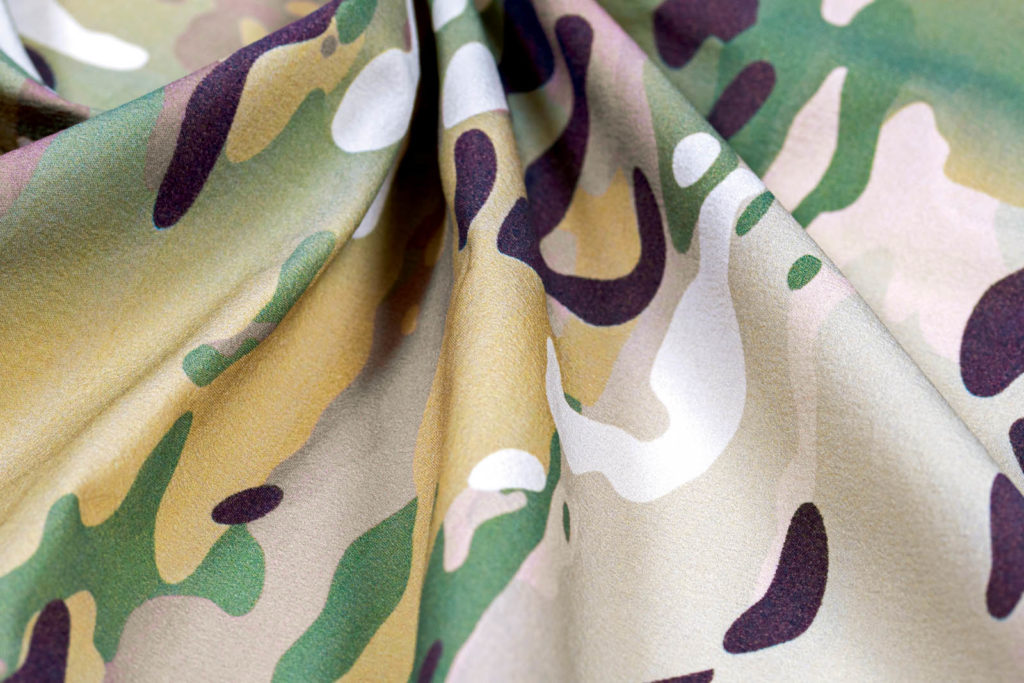
Pandemic revelations
Disasters tend to lay bare weakness, and this pandemic has proven no exception. The tent rental industry is comprised of “hard-working, independent, feisty entrepreneurs,” Gentsch says, but at the same time, the virus has revealed how vulnerable and unprepared the industry was in the face of this crisis. (To be fair, the entire world seems to have been caught flat-footed.)
If party rental companies are to weather significantly reduced bookings and a constricted selling season, the industry must find a way to restore consumer confidence that gathering outside under a tent is much safer than being inside a building with recirculating HVAC systems, he says.
“We also have to do a better job of promoting different use and rental applications for tents in nontypical business and industry segments to create additional needed space for long-term rentals,” Gentsch adds.
He also suggests rethinking the supply chain, mentioning that some who sourced components from Asia encountered difficulties in obtaining the necessary parts. Bircher says the weakest link revealed so far during the pandemic has been the PPE supply chain of both raw materials and finished products.
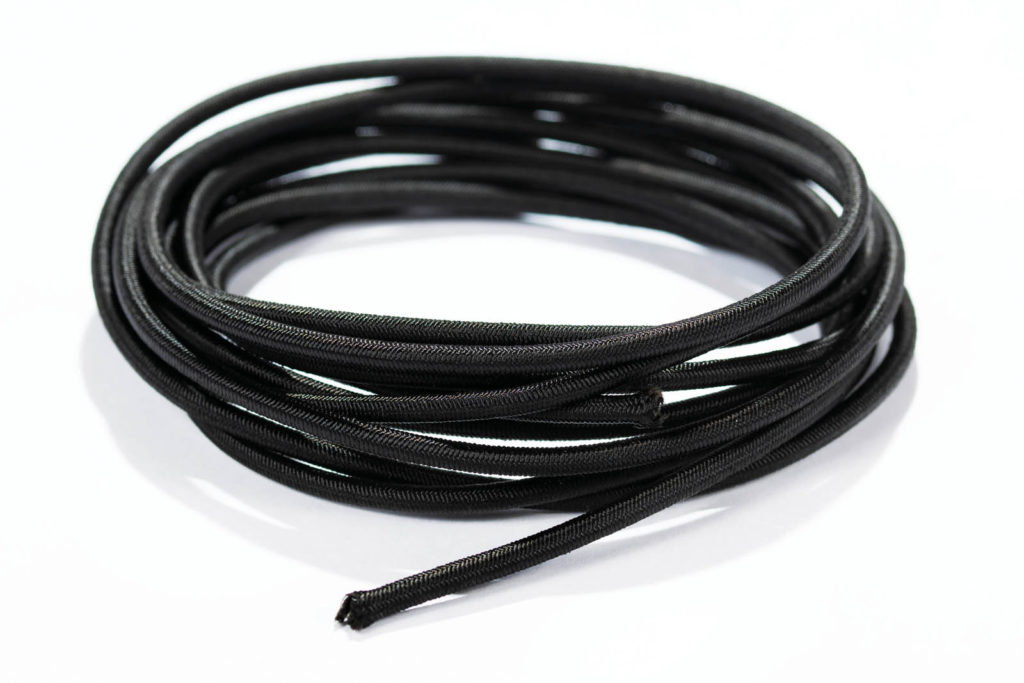
“We have all discovered there is just not enough capacity in the U.S. to support the current demand for PPE product,” she says. “The Berry Amendment for military is a big reason why fabric suppliers that work on military contracts were able to step up and help the demand in supply. Without the Berry Amendment that supply would have been far worse.”
Although MMI’s regular business is holding steady, having experienced just a slight production dip compared to 2019, the company is still monitoring COVID’s impact, Bircher says, anticipating that there might be issues waiting to surface down the road. At the same time, having established supply solutions with strategic partners, MMI is committed to PPE for the long term, she adds.
As more companies turned to PPE production, the supply of materials used for these as well as non-PPE products has become increasingly tight, resulting in some shortages, says Fennell.
“There are gaps in the domestic supply of certain materials and products,” she says. “The COVID-19 crisis has highlighted the opportunities for the development of domestic supply for materials that have been previously offshored. We cannot continue to be reliant on foreign supply chains for any specific product.”
Another weakness the virus has exposed is the scarcity of labor, Fennell continues, adding that manufacturing has wrestled with this issue for quite some time.
“Now, with the increase in absenteeism due to COVID-19, we’re facing a talent shortage that limits product output,” Fennell explains. “Additional focus from lawmakers emphasizing support of the domestic industry at the secondary and post-secondary levels of education is needed.”
The pivot to PPE manufacturing is spurring the need for investment in automation to increase competitiveness and reduce the reliance on outsourced health-related products, says Evling.
“We need to ensure materials and high-quality components are available within the U.S. to supply this new demand,” she says. “Even if we outsource initially for materials and machines, the goal needs to be on establishing U.S.-based supply chains for the inevitable future.”
Evling also mentions the need for legislation regulating U.S.-based PPE production—something she describes as vital for many reasons but especially necessary for ensuring the safety of frontline workers and responders. Protecting the textile industry has also become more important than ever, she adds.
“With the high growth in PPE, wearables and technical fabrics, we need to ignite this industry in much the same way as we did for the automobile industry in the past,” Evling says. “This is a critical piece of our economic future.”
Pamela Mills-Senn is a Seal Beach, Calif.-based freelance writer.
SIDEBAR: Surviving a pandemic 101
Economists and business professors will study and teach the “lessons learned” from this pandemic for years to come—and it’s likely that many lessons have yet to emerge. Here are a few early lessons from leaders across the specialty fabrics industry.
1. Don’t wait for the perfect opportunity.
“Get started in new markets and keep learning from your customers. They will help you with the perfecting piece,” says Traci Evling, managing director, JTE Machines LLC. “Use forums and organizations to gain understanding about the new market dynamics.”
2. Trust your employees.
“For the most part, [our associates] who could work from home did a great job and were accountable for their workload,” says Jennifer Fennell, director of procurement, Polo Custom Products. “We also learned the scenario would have been much worse if not for some of the technology advancements we made a priority over the recent years.”
3. Be ready to adapt rapidly to a changing market.
“For our leadership group here, we learned we could come together in a moment of crisis and reinvent ourselves and our product offerings to support our customer base,” says Biff Gentsch, business development specialist, Anchor Industries Inc.
4. Embrace virtual—it’s here to stay.
“I enjoy selling face-to-face and find this [lack of] most impacted in introducing new products or identifying the needs of our customers,” says Chris Semonelli, vice president for sales and marketing, E Squared. “But virtual meetings have helped tremendously—in fact, I feel more virtual meetings will be the way of the future.”
 TEXTILES.ORG
TEXTILES.ORG


